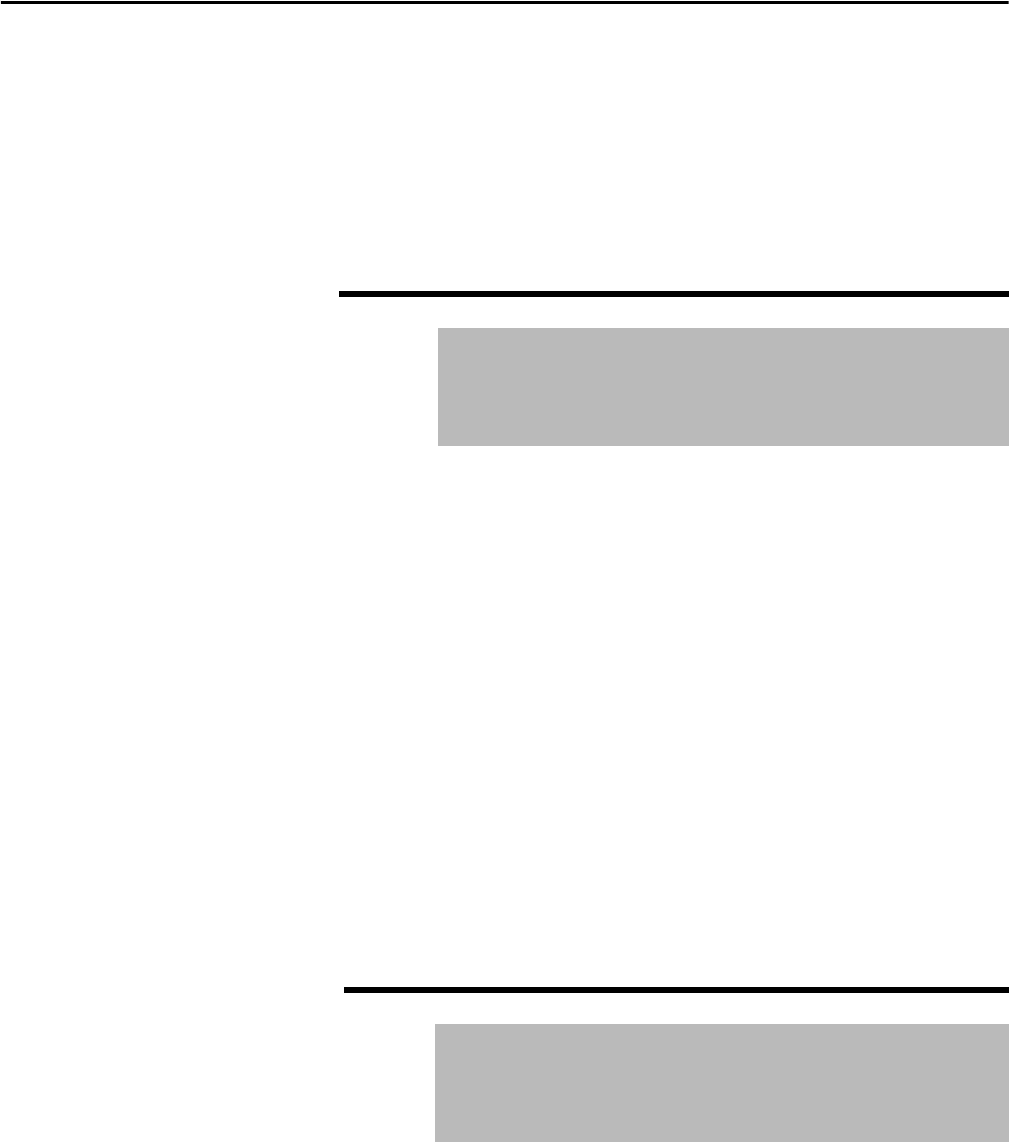Owner's manual
Table Of Contents
- Front Cover
- Important User Information
- Summary of Changes
- Table of Contents
- Introduction
- About the Drive
- Identifying the Drive by Cabinet Assembly ID Number
- LiquiFlo 2.0 Drive Component Locations
- Identifying the Power Module by Model Number
- AC Line I/O Board Description (Frame 3 Only)
- Standard I/O Board Description (Frame 3 Only)
- Combined I/O Board Description (Frame 4 Only)
- DPI Communication Ports
- Optional Equipment
- Planning the Installation
- Mounting The Power Module and Grounding the Drive
- Installing Input and Output Power Wiring
- Completing the Installation
- Using the Start-up Routines
- Programming Basics
- Parameter Descriptions
- Troubleshooting the Drive
- Verify that the DC Bus Capacitors are Discharged Before Servicing the Drive
- Determining Drive Status Using the Status LEDs
- About Alarms
- About Faults
- Diagnostic Parameters
- Common Symptoms and Corrective Actions
- Replacement Parts
- Board Replacement, Firmware Setup Procedures
- Troubleshooting the Drive Using the OIM
- Checking the Power Modules with Input Power Off
- Technical Specifications
- Using the OIM
- Installing and Removing the OIM
- Display Description
- OIM Menu Structure
- Powering Up and Adjusting the OIM
- Selecting a Device in the System
- Using the OIM to Program the Drive
- Monitoring the Drive Using the Process Display Screen on the OIM
- Displaying and Changing the OIM Reference
- Customizing the Process Display Screen
- Customizing the Function Keys
- Controlling the Drive From the OIM
- LiquiFlo 2.0 Drive Frame 3 Wiring Diagrams
- LiquiFlo 2.0 Drive Frame 4 Wiring Diagrams
- Index
- Back Cover

174 Rockwell Automation Publication D2-3518-3 - May 2013
Chapter 9
If the input current is greater than Input Load Amps (106), then the rectifier I
2
T
overload percentage (as seen in Rctfr I
2
T Overld, rectifier parameter 21) counts
up.
If Rctfr I
2
T Overld (21) reaches 100%, the Rectfier I
2
T Overload fault
(fault 220) occurs.
If Vdc Optimize (102) is set to Enabled, the DC bus voltage generated by the
rectifier while the rectifier or the entire drive is running is calculated based on a
combination of the DC bus level necessary to provide the motor voltage required
by the inverter and the measured line-to-line voltage of the AC line.
Max Motor Volts (107) is the maximum RMS motor voltage requirement that
can be calculated by the Vdc Optimize function.
The Vdc Optimize function calculates the motor voltage requirement as Max
Motor Volts (107) when the output (motor) frequency is equal to Base Motor
Freq (109), and from that point linearly varies the calculated motor voltage
requirement down to 0 Volts at 0 Hz output frequency. If the output frequency is
greater than Base Motor Frequency (109), the calculated motor voltage
requirement is limited to Max Motor Volts (107).
If Vdc Optimize (102) is set to Enabled, Max Motor Volts (107) should have the
same value as inverter parameter Maximum Voltage (54).
If Vdc Optimize (102) is set to Disabled, Max Motor Volts (107) is not used.
The maximum frequency that can be commanded by the inverter.
This value is used for calculating drive output frequency as part of the
determination of the optimal DC bus voltage to command.
Max Motor Freq (108) should have the same value as inverter parameter
Maximum Freq (55). This parameter is only used if Vdc Optimize (102) is set to
Enabled.
107 Max Motor Volts
Range: 60.0...480.0V AC [0.1V AC]
Default: 480.0
Access: 0 Path: Dynamic Control > Load Limits
See also: 102, 104, 108, 109, inverter 54
108 Max Motor Freq
Range: 5.0...400.0 [0.1 Hz]
Default: 130.0
Access: 0 Path: Dynamic Control > Load Limits
See also: 102, 104, 107, 109, inverter 55










